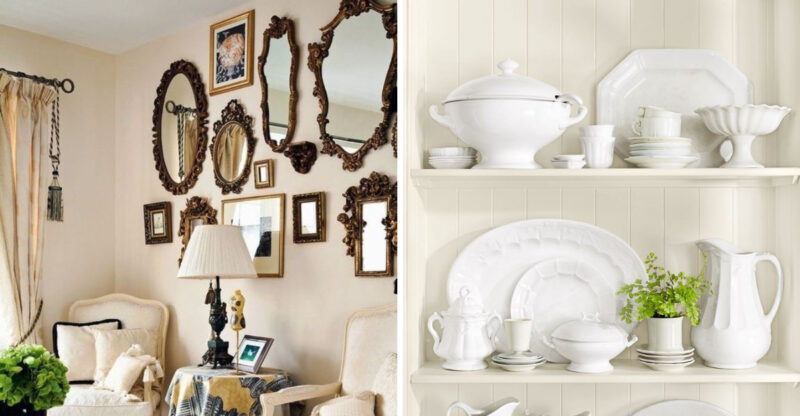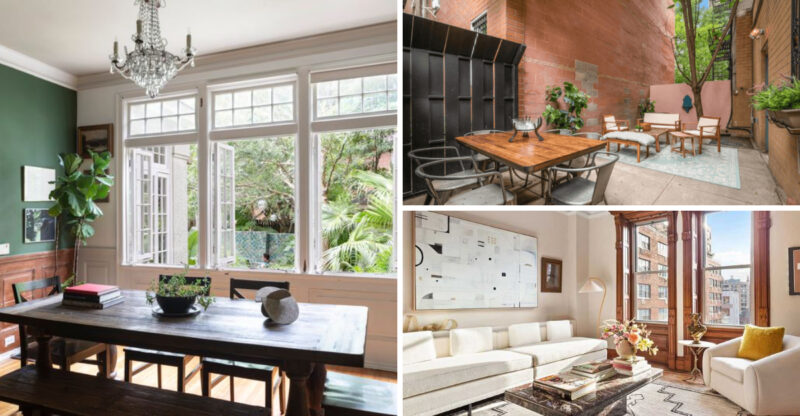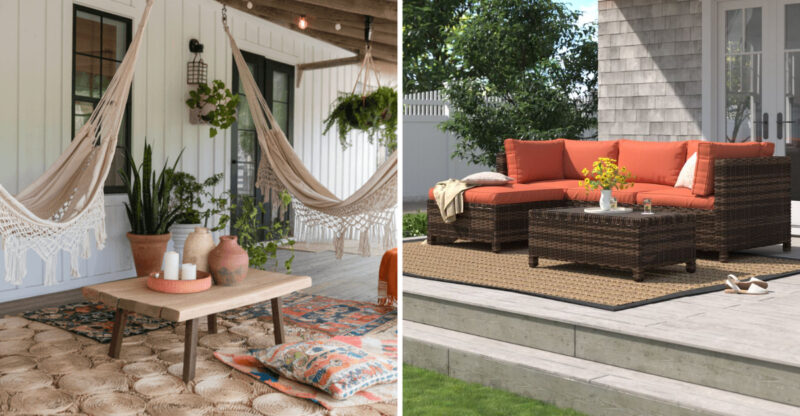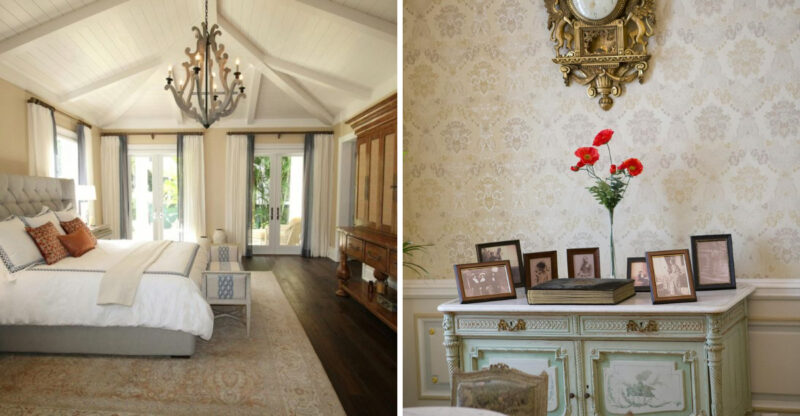14 Ways Screen Doors In Texas May Capture Timeless Nostalgia
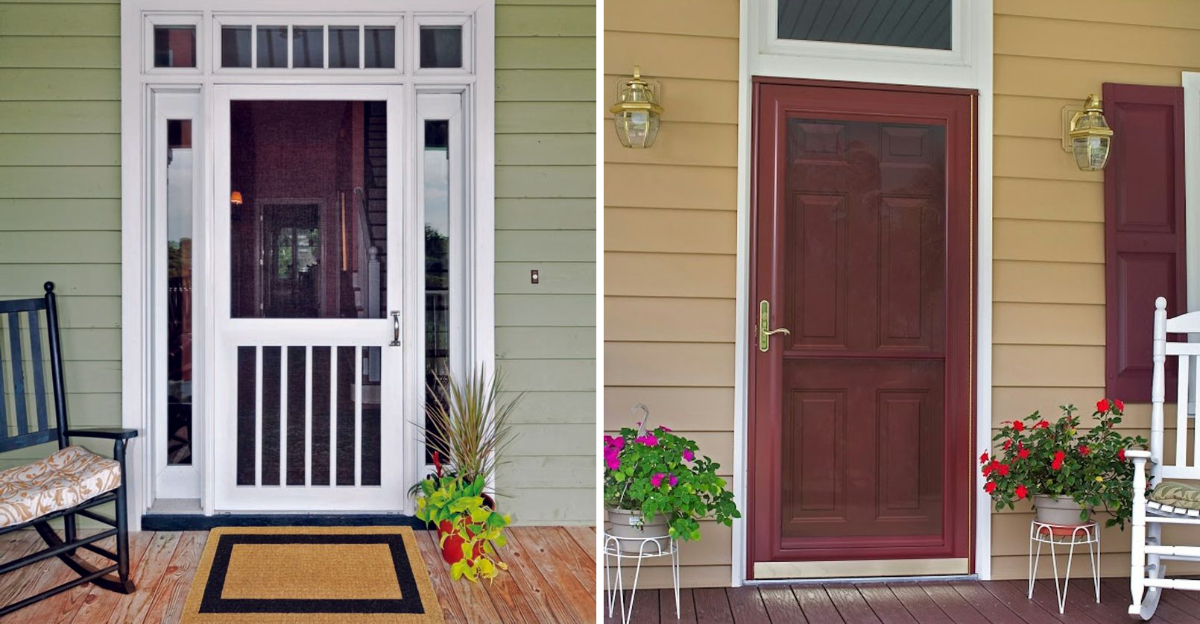
There’s something magical about the gentle slam of a screen door that instantly transports Texans back to simpler times.
These humble fixtures have witnessed countless summer evenings, family gatherings, and the slow rhythm of Texas life for generations.
From the Hill Country to the Gulf Coast, screen doors remain silent storytellers of our shared history, blending practicality with unexpected charm in ways that digital conveniences simply can’t replace.
1. Classic Wooden Screen Doors
Nothing says “welcome home” quite like the familiar creak of a classic wooden screen door. These sturdy sentinels have guarded Texas homes for generations, keeping critters out while letting cool breezes flow through on scorching summer days.
Crafted from pine, cedar, or oak, these doors develop a weathered patina that tells stories of countless seasons. Many Texas families can mark the years by the height measurements penciled along the door frame.
I’ve noticed how these doors become unintentional family heirlooms, passed down through generations with each scratch and repair adding to their character. The simple spring mechanism that creates that signature slam sound remains largely unchanged since your grandparents’ era.
2. Decorative Metal Mesh Doors
Metal mesh screen doors bring artistry to functionality in the Lone Star State. Unlike their simpler wooden cousins, these doors showcase intricate patterns that cast fascinating shadows across entryways when the Texas sun hits just right.
Craftsmen throughout small Texas towns have perfected these designs over decades, creating everything from longhorn silhouettes to bluebonnet patterns. The durability of these metal screens makes them particularly suited for withstanding harsh weather swings from scorching summers to unexpected freezes.
I’ve seen these doors become neighborhood landmarks, with certain designs becoming instantly recognizable. The fine metalwork requires skilled hands, making each door a testament to Texas craftsmanship that modern manufacturing simply can’t replicate.
3. Sliding Screen Doors with Vintage Handles
Those heavy brass handles on sliding screen doors might seem like small details, but they hold enormous nostalgic power. When your fingers wrap around that cool metal on a hot Texas afternoon, you’re touching the same spot where generations before you stood watching thunderstorms roll in.
Sliding doors became popular in mid-century Texas homes, offering wider openings to catch precious cross-breezes. The tracks often bear the subtle marks of decades of use tiny imperfections that create that distinctive rumble as the door slides open.
My grandmother’s sliding screen door had a handle worn smooth in the center from thousands of touches. These doors represent a perfect marriage of practicality and design that modern replacements rarely capture.
4. Screen Doors with Stained Glass Insets
Stained glass screen door insets transform ordinary entrances into magical gateways. When afternoon sunlight filters through these colored panels, Texas homes come alive with dancing rainbow patterns that generations have marveled at.
German and Czech immigrants brought this tradition to Central Texas, where their influence remains strong in towns like Fredericksburg and New Braunfels. Each design often tells a story bluebonnets for spring, mockingbirds for Texas pride, or personalized family symbols passed through generations.
I’ve watched children become mesmerized by these kaleidoscope effects, creating the same wonder their parents and grandparents experienced. These artistic elements elevate humble screen doors into family treasures that homeowners often carefully remove and reinstall when moving rather than leaving them behind.
5. Traditional Farmhouse Screen Doors
Farmhouse screen doors with their distinctive X-braced bottoms aren’t just architectural elements they’re time machines. These sturdy designs emerged from practical necessity on Texas ranches, where doors needed to withstand everything from curious cattle to determined children.
The lower wooden section prevented animals from pushing through while allowing families to call to each other across fields. Many Texas farmhouses still feature these doors, their worn thresholds testifying to generations of boots crossing between indoor and outdoor life.
I’ve always loved how these doors blend sturdiness with hospitality. The sound of a farmhouse screen door closing has become shorthand in our cultural memory for coming home, with countless Texas musicians referencing this distinctive sound in songs about rural life and childhood memories.
6. Beadboard Panel Screen Doors
Beadboard panel screen doors carry the essence of front porch conversations and slow Sunday afternoons. These distinctive doors, with their vertical grooved panels, became Texas staples during the Victorian era and never quite went out of style in small towns across the state.
The narrow channels in beadboard naturally collect a subtle patina over decades, recording the passage of time in a way that feels almost intentional. Many Texas families have maintained these doors through multiple generations, repainting them in traditional colors like haint blue or soft white.
Walking through historic neighborhoods in places like Jefferson or Galveston, I’m always struck by how these doors create visual rhythm along streets. The gentle texture of beadboard adds depth that flat surfaces lack, catching morning light in ways that make photographers stop in their tracks.
7. Screen Doors with Wrought Iron Accents
Wrought iron scrollwork transforms ordinary screen doors into Spanish-influenced masterpieces throughout South Texas. These ornate designs reflect the region’s rich cultural heritage, with patterns passed down through generations of blacksmiths and metalworkers.
Families in places like San Antonio and Laredo have maintained these doors for decades, the intricate curlicues and flourishes becoming part of their home’s identity. The iron elements serve practical purposes too reinforcing corners and providing additional security while maintaining airflow.
During restoration projects, I’ve watched homeowners go to extraordinary lengths to preserve these distinctive doors. The craftsmanship required to create these iron accents has largely disappeared from modern manufacturing, making each surviving example increasingly precious. The shadows cast by these decorative elements create ever-changing patterns throughout the day.
8. Screen Doors Painted in Soft Pastels
Soft pastel-painted screen doors add unexpected personality to Texas homes while connecting to long-standing Gulf Coast traditions. These cheerful splashes of color mint greens, gentle blues, and buttery yellows emerged from practical folklore about keeping insects away but evolved into distinctive regional style statements.
Families along the coast from Galveston to Port Isabel have maintained this tradition for generations. The sun-faded quality these doors develop over time creates a natural ombré effect that no modern painting technique can quite replicate.
My aunt’s beach cottage featured a pale turquoise screen door that became a landmark for visitors. These colorful doors often become the most photographed elements of historic neighborhoods, appearing on postcards and Instagram feeds alike. The tradition continues with each new generation discovering the simple joy of a perfectly chosen door color.
9. Half-Door Screen Designs
Half-door screen designs (sometimes called Dutch doors) represent the perfect balance between privacy and connection in Texas neighborhoods. The split design allows the top to open independently while keeping children and pets safely inside a practical solution that’s served Texas families for generations.
These distinctive doors became especially popular in close-knit communities where neighbors regularly stopped by to chat. The half-door allowed conversations to happen comfortably without fully opening the home, creating a welcoming middle ground between public and private space.
During my childhood in East Texas, our half-door screen became command central for neighborhood kids organizing games. These doors embody the Texas value of being neighborly while maintaining appropriate boundaries open enough for conversation but still defining separate spaces.
10. Screen Doors with Brass Kick Plates
Brass kick plates on screen doors aren’t just decorative they’re living history of Texas hospitality. These gleaming metal protectors emerged from practical necessity as homemakers tired of repairing doors damaged by boots, paws, and the occasional delivery.
Over decades, these plates develop a distinctive patina that can’t be artificially reproduced. Many Texas families take pride in maintaining the original brass, polishing it for special occasions while allowing character-building tarnish to develop naturally through seasons.
I’ve noticed how these kick plates often bear subtle dents and scratches that correspond to family stories that larger dent from when Dad brought home the Christmas tree, or those small scratches from when the puppy couldn’t wait to get inside. These humble metal rectangles silently record family histories in ways digital photos never could.
11. Screen Doors Featuring Lattice Patterns
Lattice pattern screen doors create geometric poetry across Texas porches. The diamond or square patterns serve practical purposes adding structural support while maintaining airflow but their visual rhythm adds unexpected beauty to everyday architecture.
These distinctive designs became Texas staples during the Victorian era but experienced renewed popularity during the mid-century ranch home boom. Many lattice patterns reflect regional preferences, with tighter diamonds common in humid East Texas and wider patterns prevalent in the drier Hill Country.
Light filtering through lattice creates ever-changing shadow patterns that mark the passage of time across porch floors. My grandmother would tell time by where certain shadows fell across her entry hall. These doors represent mathematical precision married to everyday functionality practical art that serves while it beautifies.
12. Rustic Screen Doors with Natural Wood Finish
Rustic screen doors with natural wood finishes showcase the raw beauty of Texas timber. Unlike their painted counterparts, these doors celebrate the distinctive grain patterns of local woods the tight rings of East Texas pine or the rich character of Hill Country cedar.
Many of these doors develop a silver-gray patina over decades that no artificial finish can replicate. Families often point to specific knots or grain patterns as familiar landmarks, much like constellations in a wooden sky.
While visiting a friend’s ranch house, I was struck by how their cedar screen door had darkened to a rich amber color where hands had touched it over thirty years. These doors connect modern Texans to the state’s natural resources in tangible ways. The subtle scent of cedar or pine that emerges on humid days becomes part of a home’s signature fragrance.
13. Screen Doors with Decorative Cutouts
Screen doors with decorative cutouts transform functional barriers into personal expressions of Texas identity. From lone stars to longhorns, these silhouettes announce homeowners’ state pride before visitors even knock.
The tradition began with simple hand-cut designs but evolved into elaborate statements as specialized tools became available. Many families commission custom cutouts representing meaningful symbols university mascots, family cattle brands, or wildlife motifs that connect to local landscapes.
During autumn evenings, interior lights transform these doors into shadow theaters, projecting Texas-shaped patterns onto porch floors. My neighbor’s screen door features a cutout of their family’s quarter horse, creating an instant connection to their ranching heritage. These personalized elements convert mass-produced doors into one-of-a-kind treasures that often remain with families even when they move to new homes.
14. Screen Doors with Vintage Hardware
Vintage hardware on screen doors carries tactile memories that connect generations of Texas hands. Those old-fashioned handles, hinges, and latches weren’t designed for show they were built to last through decades of daily use.
The satisfying click of a properly functioning thumb latch or the smooth action of depression-era spring mechanisms delivers small moments of mechanical perfection. Hardware from different eras tells stories of technological evolution from simple wooden latches to ornate Victorian brass to streamlined mid-century designs.
My grandfather could identify when a house was built just by examining its original door hardware. Families often salvage these metal components during renovations, recognizing their irreplaceable quality. The patina that develops on brass or copper hardware creates a living timeline, with each fingerprint and weather cycle contributing to a finish that improves rather than deteriorates with age.

